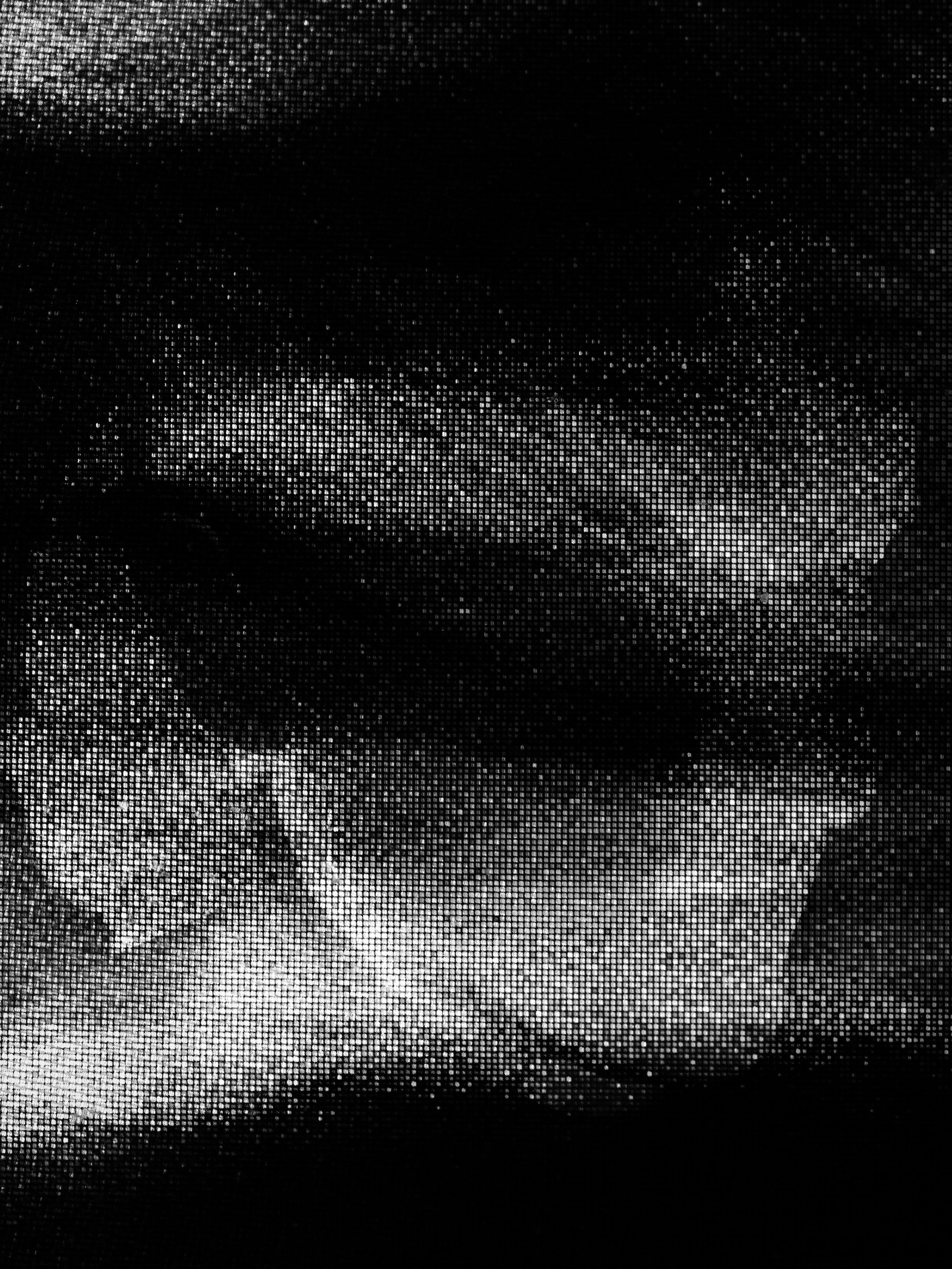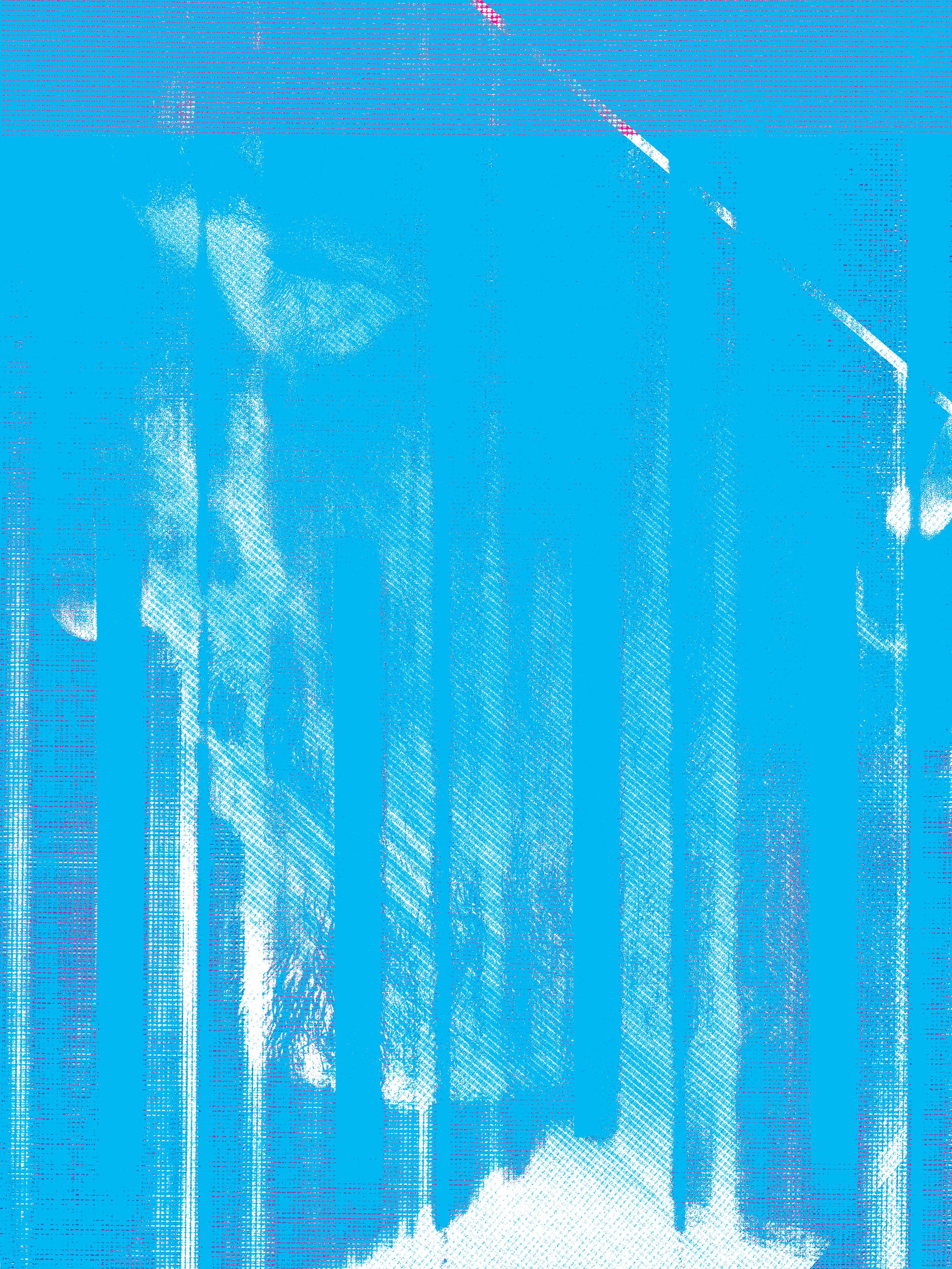Coalescence is the project I developed and completed as part of the Master of Arts Photography program at the Photography Studies College in 2022. I created it to explore the intimate relationship between the camera and the photographer, specifically, from within a relationship where the photographer is visually impaired. The dichotomy of the perfectly engineered camera with its lens and the imperfect human eye – and how they interact. Particularly the frailty and vulnerability that is borne from that.
I have approached the making of this work through the philosophy of post-photography by which I am using the medium of photography beyond its traditional definitions or methodologies in a digital age – developing new techniques or forms of experimentation that raise the question of what a photograph is.
This project received a Highly Commended award in GradFoto 2022 presented byThe Ballarat International Foto Biennale.
“Featuring 22 finalists from 12 universities. This award celebrates the creative excellence of graduating students, open to emerging contemporary artists from Australian institutions whose artistic practice includes photography. Following its inaugural launch in 2020, GradFoto 2022 continues to showcase the graduates’ calibre of photographic work to new audiences across Australia and beyond. GradFoto is an annual award presented each year for graduating artists”
The judges said, “The work ‘Coalescence’ was highly resolved and a polished body of work. It had a fresh and interesting take on the discussion around ‘Post Photography’ within the digital age. It used highly experimental parameters in the process of developing the work that raised the question of what a photograph is and could be.”
In conjunction with this experimentation within my photographic practice, `I set these research questions as the foundation for my intentions when making the work, as well as the research undertaken during this period:
How can abstract photographic self-portraits be used to provide an alternative representation of a lived experience to an audience?
How can this methodology inform the viewer about impaired vision and perception?




